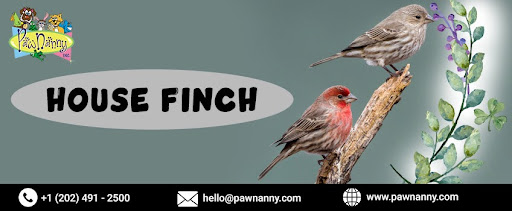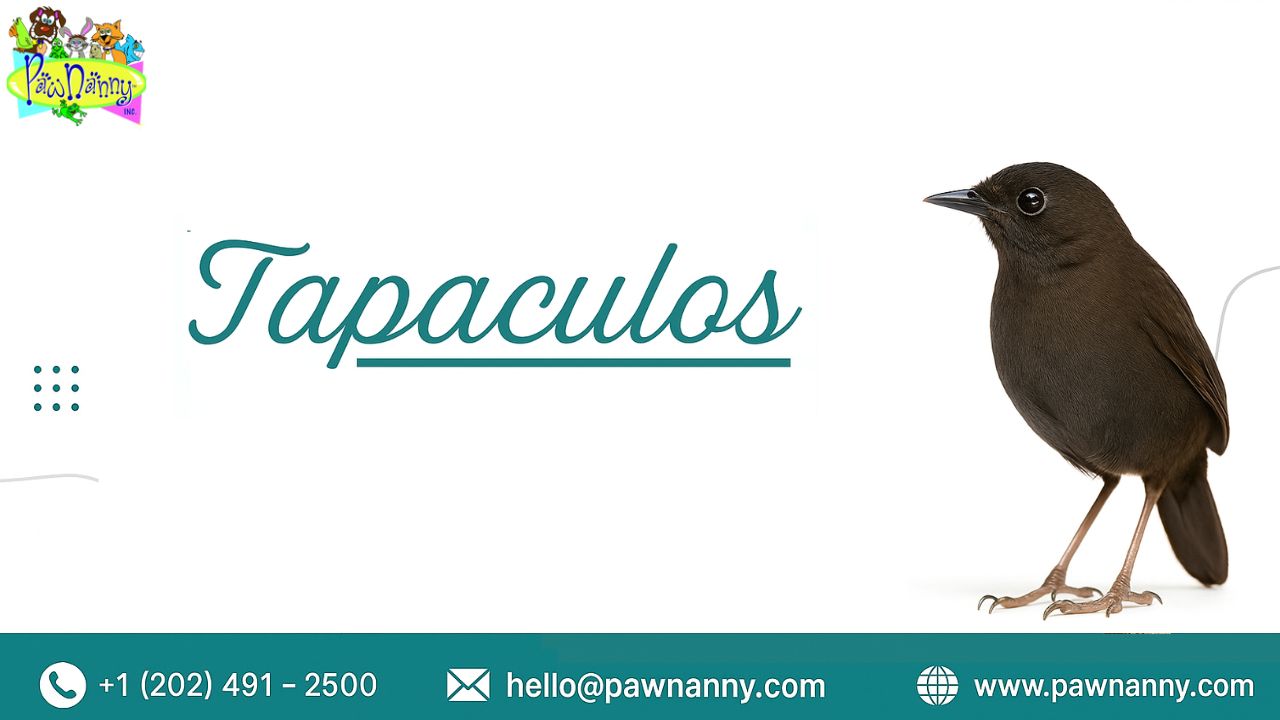
House Finch
Scientific Name: Haemorhous Mexicanus
Flock Members: 12-500
Size: 12 to 15 cm
Weight: 17 to 28 grams
Hypoallergenic: No
Lifespan: 2-9 years
Behavior
House Finches (Haemorhous Mexicans) are fascinating birds known for their social behavior, adaptability, and lively interactions. These small birds exhibit a range of behaviors, especially during breeding season. Male House Finches engage in elaborate courtship displays during the breeding season to attract females. These displays include singing complex songs, puffing up their plumage to appear larger, and performing undulating flight. The males also engage in "bill fencing," where they rapidly open and close their bills while facing each other, a behavior believed to establish dominance and territorial boundaries.
Once a pair forms, they begin to build a nest together. House Finches are versatile nesters, using various sites, including ledges, tree branches, and even human-made structures such as buildings and hanging planters. House Finches are known for their continuous provisioning, with parents making frequent trips to feed their hungry brood. They primarily feed their chicks a diet of seeds, grains, and small insects.
Outside of the breeding season, House Finches often gather in large flocks. These flocks provide safety in numbers and increase the efficiency of finding food sources. They are commonly seen in urban areas at bird feeders, where they exhibit competitive behavior, jostling for the best feeding spots. If you have a House Finch as a pet, book pet overnight stay services whenever you are away to keep your finch safe and happy.
History
The House Finch (Haemorhous mexicanus) is a small passerine bird native to western North America. Its history intertwines with human activity and environmental changes, making it a fascinating subject in ornithology. Originally, House Finches were restricted to the western United States and Mexico. However, in the 1940s, pet shop owners attempting to illegally sell them as "Hollywood Finches" introduced a small population to Long Island, New York. These birds were initially unsuccessful in establishing themselves, but another introduction in the 1960s, this time in the Los Angeles area, resulted in a thriving population. From there, they rapidly expanded across North America.
The success of House Finches in colonizing new areas is attributed to their generalist diet, adaptability to various habitats, and ability to live near human populations. They are commonly found in urban, suburban, and rural areas, nesting on buildings, trees, and shrubs. House Finch populations faced a significant challenge in the 1990s when an outbreak of Mycoplasmal conjunctivitis, a bacterial disease, severely affected them. Many birds suffered from swollen, crusty eyes, and this disease caused a noticeable decline in populations in some areas. However, populations have since rebounded, and House Finches remain common across North America.
Despite being introduced and considered an invasive species in some areas, House Finches have become an integral part of the ecosystems they inhabit. They play roles in seed dispersal insect control and serve as prey for various predators. Their melodic songs and colorful plumage make them popular subjects for birdwatchers and nature enthusiasts.
Breeding
The House Finch (Haemorhous mexicanus) exhibits fascinating breeding behavior, blending adaptation and social dynamics. They are monogamous, forming pairs during breeding seasons, typically from early spring to late summer, varying by location and climate. Males court females with vibrant plumage and melodic songs. Upon bonding, males continue courtship with displays and food offerings. House Finches nest in various sites, including trees, shrubs, and manufactured structures. Females construct cup-shaped nests with twigs and grasses lined with feathers or fur. Clutches usually consist of 2 to 6 eggs, incubated for 12 to 14 days, mainly by females. Both parents feed the chicks a diet of seeds, insects, and fruit. Fledgling occurs in 12 to 19 days, with parents caring for the young until independence. Multiple broods may occur in areas with abundant resources, showcasing their adaptability and population success.
Looks and Health
The House Finch, scientifically known as Haemorhous mexicanus, is a small, colorful bird native to North America. These finches are known for their vibrant plumage and distinctively shaped beaks. In terms of appearance, male House Finches are easily recognizable by their bright red plumage on the head, throat, and chest, with streaks of brown and gray on their back and wings. Conversely, females have more subdued colors, with streaks of brown and gray throughout their plumage and a more subtle hint of red on their faces and underparts.
One of the remarkable features of House Finches is their adaptability to various environments. They are commonly found in urban, suburban, and rural areas, often seen in gardens, parks, and backyard feeders. House Finches are hardy birds despite their small size and can thrive in various climates, from arid deserts to temperate forests. However, like many bird species, House Finches are susceptible to various health issues, including avian diseases and parasites. One of the most well-known diseases affecting House Finches is Mycoplasmal conjunctivitis, which causes inflammation and swelling around the eyes, leading to impaired vision and difficulty feeding. This disease can spread rapidly within populations, particularly in areas where birds congregate closely, such as around bird feeders.
To maintain the health of House Finch populations, it's essential to provide clean feeding areas and minimize overcrowding at bird feeders. If they are your pets, book overnight stay services for pets whenever you are away.
Food and Nutrition
House Finches have a varied diet, consisting mainly of seeds, berries, fruits, and occasionally insects. They are particularly fond of seeds like sunflower, thistle, and millet. These birds are often seen at bird feeders, especially during winter when natural food sources are scarce. House Finches have a specialized beak adapted for cracking open seeds. They also consume various fruits, including apples, cherries, and grapes. Their diet provides essential nutrients such as carbohydrates, proteins, fats, vitamins, and minerals. Adequate nutrition is crucial for their survival, especially during breeding and migration seasons when energy demands are higher.
Conclusion
In the wild, the House Finch (Haemorhous mexicanus) thrives in various habitats across North America, from urban areas to rural landscapes. These adaptable birds are often found in open woodlands, parks, gardens, and desserts. They are highly social, forming flocks outside the breeding season, which helps them find food and protection from predators. House Finches primarily feed on seeds, berries, and fruits, but they also consume insects, especially during the breeding season, to meet the high energy demands of nesting and raising young. Their ability to utilize various nesting sites, including trees, shrubs, and human-made structures, contributes to their success in diverse environments.
As pets, House Finches require specialized care and attention. Due to regulations in many places, it's essential to check local laws before keeping them. Captive House Finches need spacious cages with plenty of perches and toys for mental stimulation. Their diet should include a variety of seeds, fresh fruits, and vegetables, supplemented with occasional treats like mealworms. Providing clean water and a bathing dish is crucial for their hygiene. Interaction with their human caregivers through gentle handling and socialization is essential for their well-being. With proper care, House Finches can live long, healthy lives as beloved pets, showcasing their charming personalities and beautiful songs. For more information or to avail of our pet's overnight stay services at Fairfax, visit PawNanny.com.










